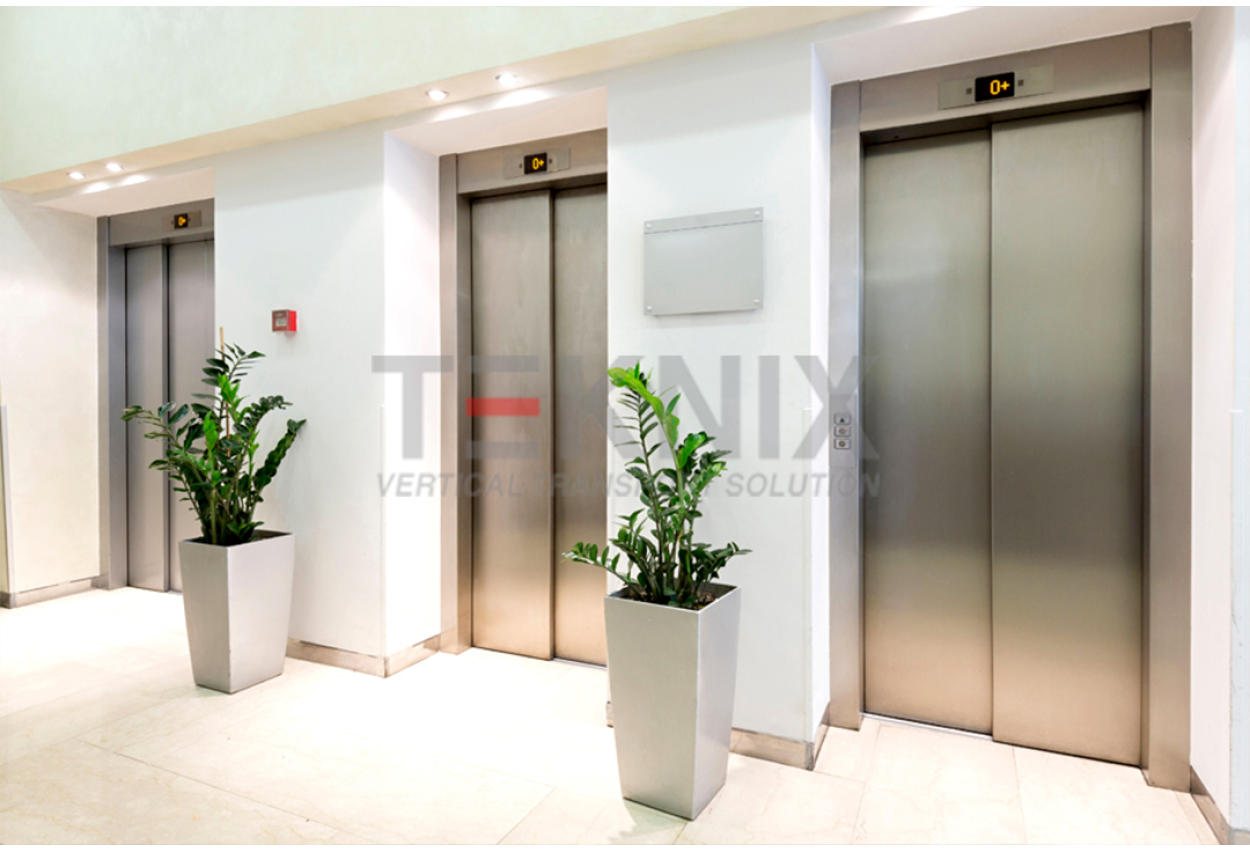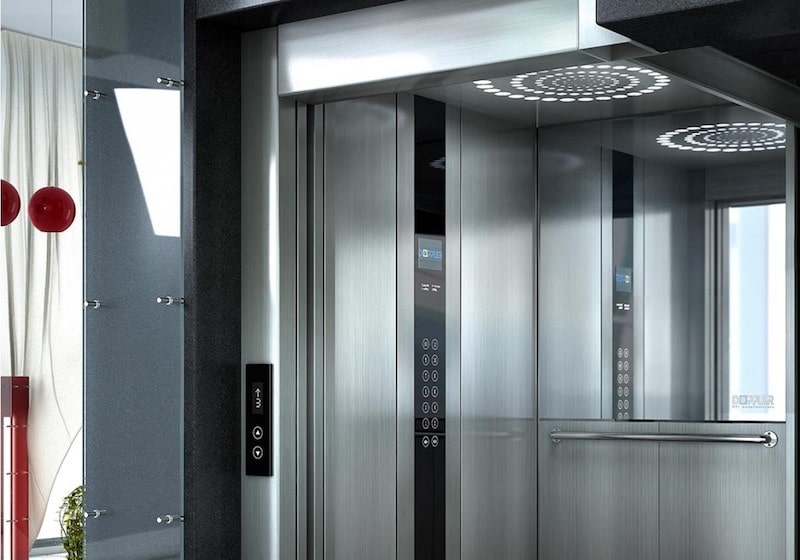London Lift Company: Relied On Experts for All Your Vertical Transport Needs
London Lift Company: Relied On Experts for All Your Vertical Transport Needs
Blog Article
Exploring the World of Elevators: Typical Problems Faced by Numerous Lift Systems
As we browse through the upright transport systems of modern-day structures, lifts stand out as a vital component of our everyday lives. From hydraulic lifts to traction systems and machine-room-less styles, each lift kind comes with its collection of common problems.
Hydraulic Lifts
Hydraulic lifts, frequently liked for low-rise structures, make use of fluid pressure to control the motion of the elevator cars and truck (lift repair companies). This device involves a hydraulic pump pushing oil into a cylinder, causing the elevator to move in the preferred instructions. While hydraulic lifts are recognized for their smooth and quiet operation, they do come with their own set of typical problems
One widespread trouble with hydraulic lifts is oil leak. The seals in the hydraulic system can break in time, causing oil infiltration. If left unaddressed, this not only produces a mess however can likewise influence the lift's efficiency. Additionally, issues with the control system, such as defective valves or a malfunctioning pump, can trigger disturbances in the lift's activity.
Normal upkeep and prompt repair work are essential to guarantee the smooth functioning of hydraulic lifts. By resolving these common issues proactively, structure owners can reduce downtime and ensure the safety and security and efficiency of their vertical transportation system.
Grip Elevators
When taking into consideration upright transportation systems in buildings, an additional typical type apart from hydraulic elevators is the traction lift. Traction lifts run utilizing a system of ropes and counterweights that move the lift auto by clutching onto the hoist ropes. This device enables for smoother and faster upright transport contrasted to hydraulic systems.
One of the common problems faced by grip elevators is rope wear. The continuous movement of the ropes within the grip system can result in tear and use over time, possibly causing the elevator to breakdown or end up being unsafe for usage. Regular assessments and maintenance of the ropes are crucial to make sure the lift's proper performance and security.
Another problem that traction lifts might encounter is connected to the control system. Troubles with the control system can result in concerns such as unpredictable movement, hold-ups in feedback times, or perhaps total closures. Routine screening and upkeep of the control system are essential to stop such issues and guarantee the lift's integrity.
Machine-Room-Less (MRL) Elevators

One of the essential parts of MRL elevators is the compact gearless grip maker that is installed within the hoistway. This equipment effectively drives the elevator auto without the requirement for bulky devices found in typical traction lifts. Furthermore, MRL elevators commonly utilize a counterweight system to balance the auto, additional improving their power efficiency.
Regardless of their advantages, MRL lifts may face obstacles associated with upkeep and repair work due to the constrained area for devices setup. Access for servicing components within the shaft can be restricted, requiring specialized training for service technicians. Correct maintenance schedules and routine assessments are critical to ensure the continued smooth operation of MRL elevators.
Overloading and Weight Limitation Issues
Overwhelming and weight limitation issues are vital issues in elevator operations. Lift makers style lifts with certain weight capabilities to make certain passenger safety and security and equipment longevity.
When lifts are overwhelmed, it puts excessive strain on the electric motor, wires, and various other parts, potentially causing breakdowns or failures. Safety devices such as sensors and overload sensing units remain in place to prevent lifts from moving if they detect excess weight. Additionally, going beyond weight limitations can cause enhanced energy intake and damage on the elevator system.
To mitigate straining problems, building managers should prominently show weight restrictions in elevators and enlighten residents on lift companies in London the importance of sticking to these restrictions - lift repair companies. Routine maintenance checks by certified specialists can also help ensure that lifts are operating within safe weight specifications. By addressing overloading and weight limitation problems proactively, building proprietors can enhance lift safety and efficiency
Electrical System Failings
Surpassing weight restrictions in lifts can not only cause mechanical concerns but also potentially add to electric system failings within the lift infrastructure. Electrical system failures are a crucial worry in lift procedure, as they can create unexpected shutdowns, malfunctions, or perhaps safety and security hazards. One typical electric concern is the getting read here too hot of components due to extreme present circulation triggered by straining the elevator past its capability. This can lead to damage to the motor, control, or circuitry systems, causing costly repairs and downtime.
Additionally, power rises or changes in the electrical supply can additionally interfere with the lift's operation, affecting its performance and safety and security. These electric disturbances can harm delicate elevator parts such as control board, circuit card, or sensing units, bring about system failures. Regular upkeep and assessments are vital to determine and address possible electrical problems immediately, guaranteeing the efficient and secure operation of lift systems. By adhering to weight restrictions and carrying out routine electric system checks, building proprietors can mitigate the threat of electrical failings in elevators.
Final Thought

Hydraulic elevators, frequently preferred for low-rise structures, utilize fluid stress to manage the movement of the lift vehicle.When taking into consideration upright transportation systems in buildings, an additional typical type aside from hydraulic lifts is the traction lift. Grip elevators run making use of a system of ropes and counterweights that relocate the lift vehicle by clutching onto the hoist ropes. Unlike standard elevators that require a different maker space to house the tools, MRL elevators integrate many of the parts within the shaft, removing the need for a committed machine area.In conclusion, lifts encounter typical concerns such as hydraulic malfunctions, traction system failures, and electric system troubles.
Report this page